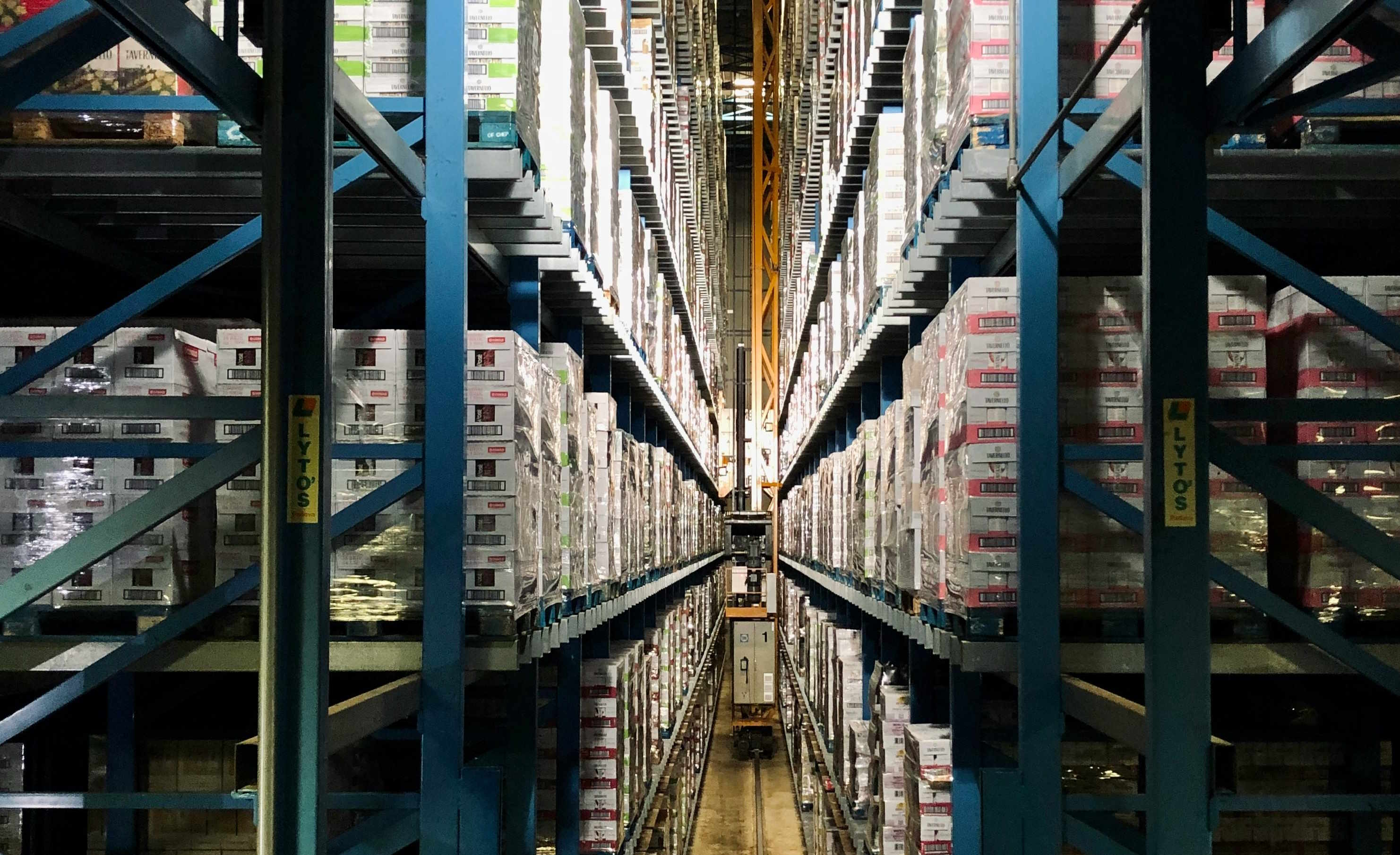Smart Warehouse Inventory Management: A Practical Guide
Mastering warehouse inventory management is essential for reducing costs, improving fulfillment, and keeping stock accurate. This guide explains proven control methods like ABC analysis, cycle counting, and FIFO, plus technology options such as WMS, barcode and RFID, cost considerations, KPIs, and emerging innovations including AI and robotics. Learn how to implement scalable, data-driven inventory processes that boost efficiency and support growth.

Why structured inventory management matters
Maintaining control over inventory is central to efficient warehouse operations. A deliberate approach to tracking, organizing, and replenishing stock lowers carrying costs, reduces stockouts and overstocks, and improves order accuracy. Combining established methods with modern technology creates systems that are both reliable and scalable, ensuring customer demand is met consistently.
Inventory control methods and operational best practices
Effective warehouses apply disciplined control methods. ABC analysis segments stock by value and impact, helping teams prioritize resources for high-value or fast-moving SKUs. Cycle counting replaces full physical inventories with frequent, targeted counts that catch errors early while minimizing disruption. FIFO (first-in, first-out) is important for perishable or dated goods, but it also supports clearer cost accounting and reduces obsolescence risk.
Regular audits and reconciliations are essential to identify discrepancies between system records and physical stock. Standard operating procedures (SOPs) document workflows, receiving and putaway rules, picking protocols, and safety practices so staff across shifts perform tasks consistently. Investing time in clear SOPs and refresher training helps sustain accuracy and speed.
Technology options that improve accuracy and throughput
Technology can automate many manual tasks and provide visibility into inventory in real time. A warehouse management system (WMS) is often the backbone, enabling slotting optimization, task management, and integration with ERP and shipping systems. Barcode scanners remain a cost-effective tool for accurate item identification and transaction capture, while RFID adds hands-free scanning and faster cycle counts in high-volume or complex environments.
Cloud-based WMS and inventory platforms offer remote access to data, automated alerts, and built-in analytics that support smarter decisions. Mobile devices, voice picking, and automated guided vehicles (AGVs) help reduce human error and increase picking rates. When evaluating tools, consider integration capabilities, scalability, ease of use, and vendor support.
Cost considerations and investment requirements
Implementing and maintaining inventory systems requires capital and ongoing expenses. Costs vary by warehouse size, technology complexity, and the level of automation desired. Below is a representative pricing overview to help plan budgets.
| Component | Initial Investment Range | Annual Operating Costs |
|---|---|---|
| Basic WMS Software | $10,000 - $100,000 | $2,000 - $20,000 |
| RFID Implementation | $25,000 - $250,000 | $5,000 - $50,000 |
| Barcode System | $5,000 - $25,000 | $1,000 - $5,000 |
| Staff Training | $2,000 - $10,000 | $1,000 - $5,000 |
Prices, rates, or cost estimates mentioned in this article are based on the latest available information but may change over time. Independent research is advised before making financial decisions.
Those figures are illustrative; project scoping and vendor quotes will give precise numbers. Don’t overlook soft costs such as change management, process redesign, and temporary productivity losses during rollouts. Strong project management and phased implementations reduce risk.
Performance metrics and KPIs to monitor
Measuring performance is critical to continuous improvement. Key performance indicators to track include:
- Inventory turnover ratio: how quickly stock is sold and replaced, which signals demand alignment and working capital efficiency.
- Picking accuracy: percent of orders picked without errors, which directly affects customer satisfaction and returns.
- Carrying costs: total cost to hold inventory, including storage, insurance, depreciation, and opportunity cost.
- Order cycle time: from receiving an order to shipment, impacting service levels.
Regularly reviewing these KPIs uncovers bottlenecks and validates whether investments in technology or process changes are delivering expected returns. Use dashboards and automated reports to keep stakeholders informed.
Emerging trends shaping the future
The warehouse landscape is evolving rapidly. Artificial intelligence and machine learning are being used to forecast demand more accurately, optimize replenishment, and automate decision-making. Autonomous robots, from mobile picking units to pallet movers, increase throughput while lowering labor dependency in repetitive tasks.
Integration with e-commerce platforms and last-mile logistics tools is increasingly important for omnichannel fulfillment. Advanced analytics and prescriptive insights enable predictive maintenance, smarter slotting, and dynamic labor planning. Organizations that design adaptable systems and maintain a culture of iterative improvement will be best positioned to capitalize on these innovations.
Implementing a successful inventory program
A successful rollout begins with thorough planning: assess current processes, set measurable goals, and prioritize quick wins. Select technology that fits current needs but can scale. Train staff early and often, and establish a governance model to review KPIs and manage continuous improvement. Start small with pilot areas, measure results, then expand based on learnings.
Keeping flexibility for future upgrades and integrations is vital. Whether the focus is reducing carrying costs, improving picking accuracy, or supporting rapid growth, a disciplined blend of methodical controls, suitable technology, and ongoing performance measurement will build resilient warehouse operations that support business goals.






